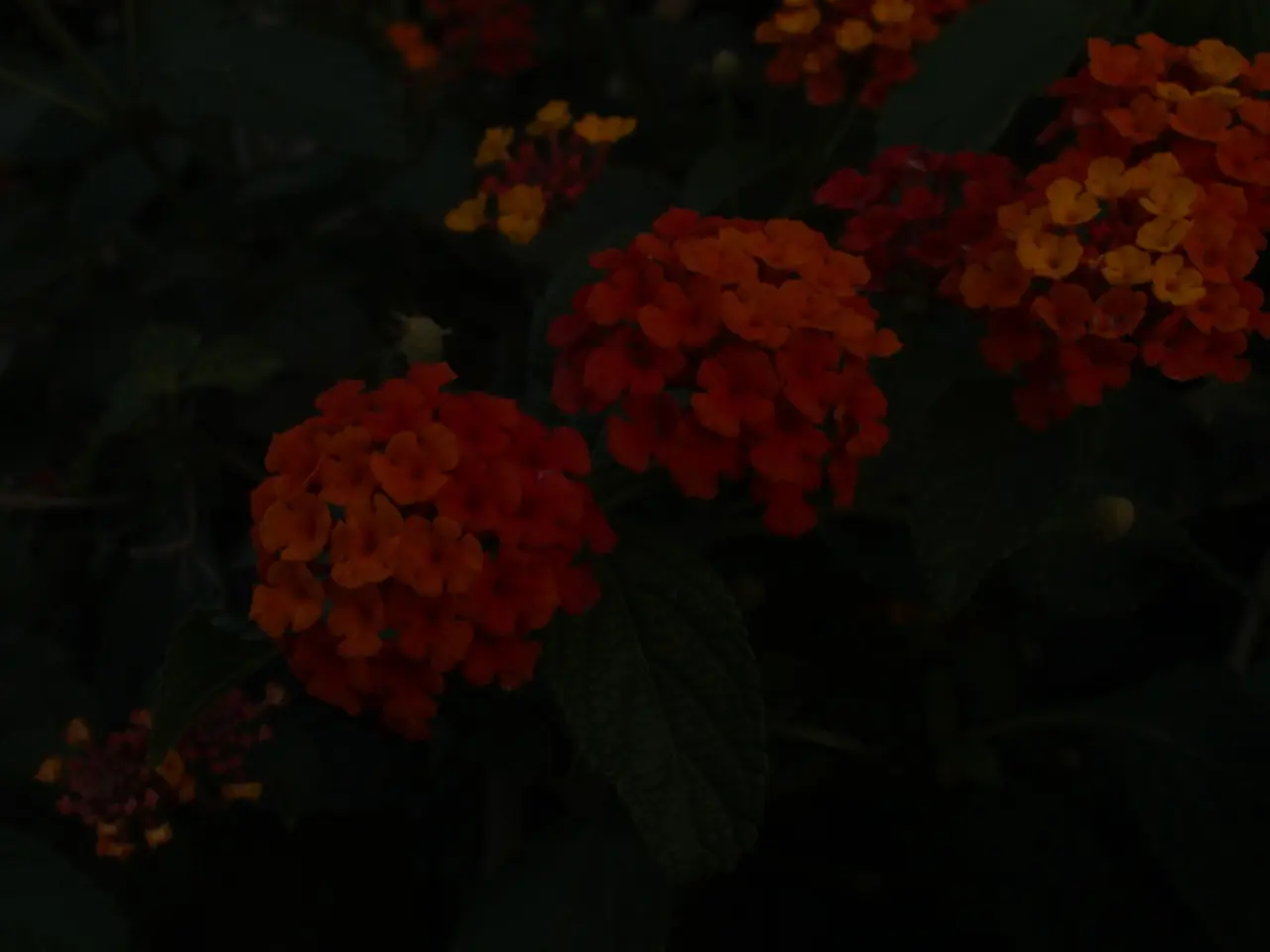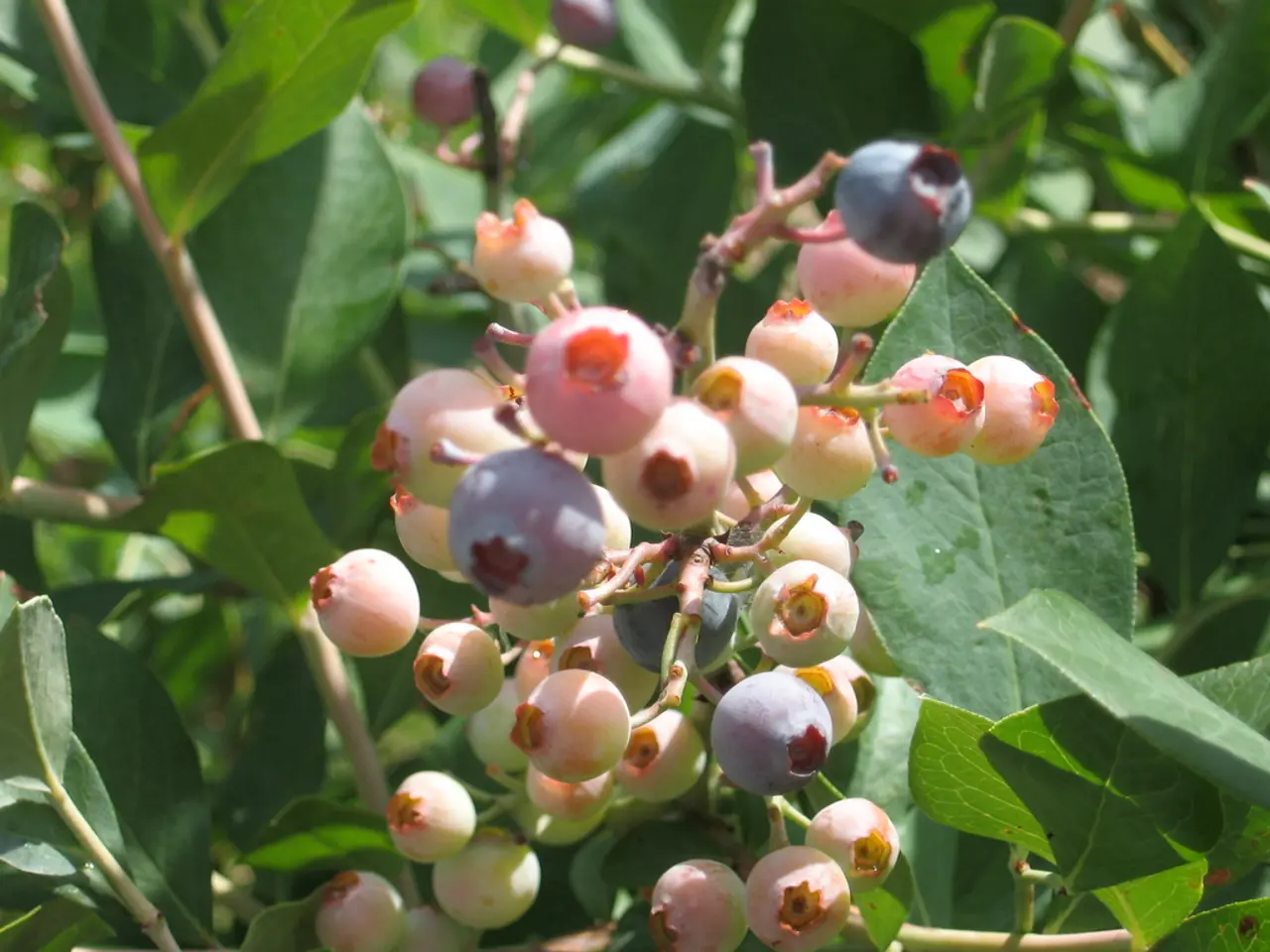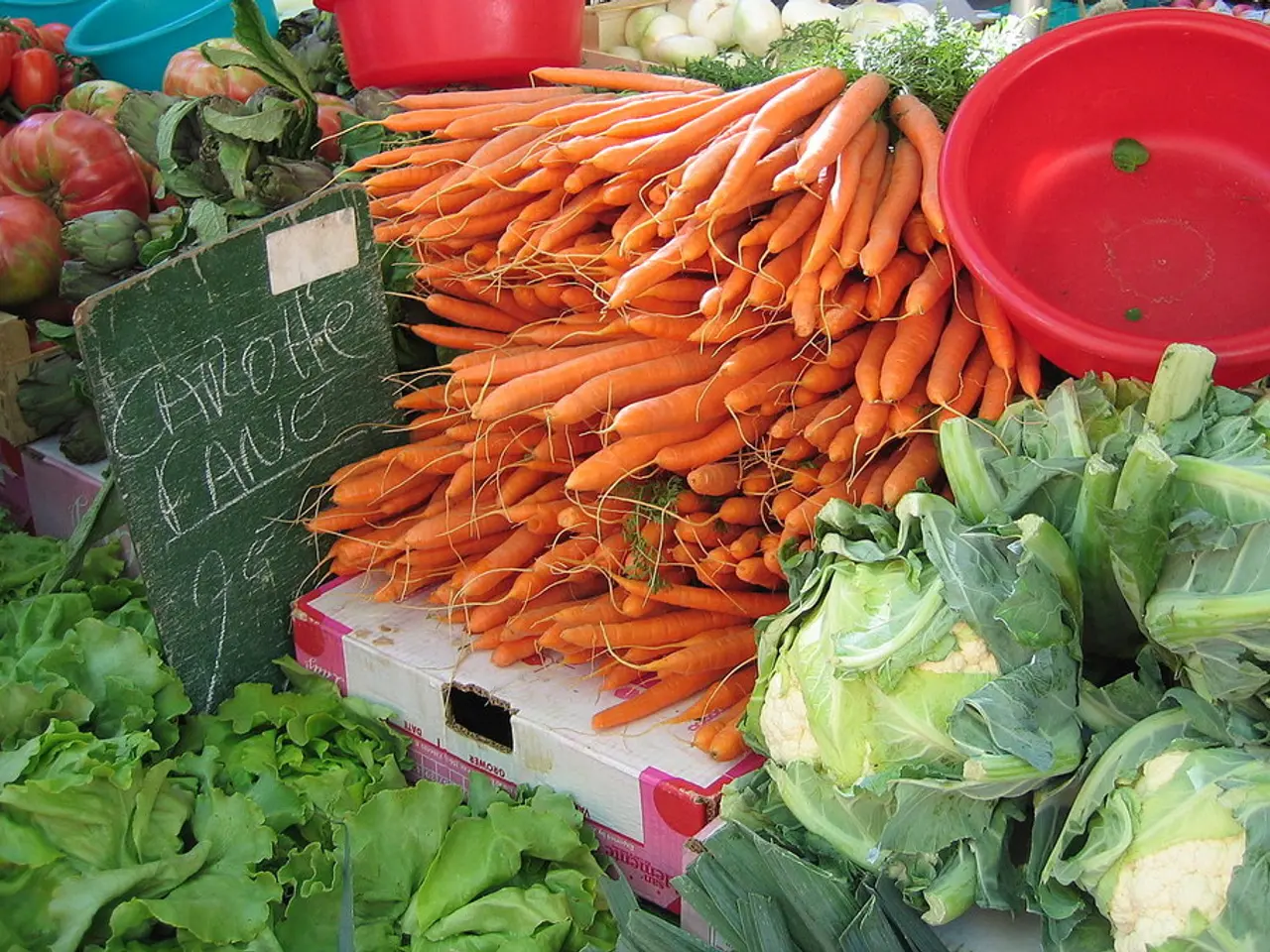Strategies for Growing Autumn Crops Despite Summer's Heat Wave
Getting the Perfect Fall Garden in Hot Climates:
There's no reason to miss out on that crisp fall harvest just because you're sweating through summer. Here's a guide to get those cool-weather crops growing in your hot climate.
The autumnal planting puzzle: fall crops thrive in cool temperatures, but they have to mature before winter, requiring them to be planted in late summer when it's scorching hot. This guide takes on the challenge, helping you plant, nurture, and care for your fall garden, even in the heart of summer.
Seed Starting:
Not all crops are suited for direct seeding into the ground. Some require more time to germinate and grow, which can be difficult during the summer heat. This section covers crops that need to be transplanted outdoors or started inside before being planted out and those that can be directly seeded.
Transplants:
- Indoor Start: Broccoli, cabbage, cauliflower, Brussels sprouts, and celery require a longer growing period and may not mature before winter in most climates.
- Option to Seed or Transplant: Lettuce and spinach seeds don't germinate well in the heat of garden soil. These can be started inside and transplanted out later, or purchased as seedlings from a nursery.
- Direct Seed: Kale, collard greens, and mustard greens can be transplanted or sown directly in the garden.
Planting transplants can be tricky in the summer heat. Here's how to ensure their survival:
Pre-Transplant Preparation:
- Hardening off: Gradually expose the transplants to outdoor conditions, starting with a short period in a shaded area before increasing sun and wind exposure over several days[1][2].
- Shade and Wind Protection: Choose a sheltered location initially, using shade cloth or a trellis if necessary[5].
- Watering: Maintain consistent moisture levels without overwatering[5].
Planting Tips:
- Temperature: Plant during cool periods (below 90°F) when possible[5].
- Time: Plant in the late afternoon or evening to give seedlings some time to settle before the heat of the day[5].
- Pre-Irrigation: Water the soil thoroughly before planting if it's dry[5].
- Organic Rev: Consider using organic Rev to help reduce heat stress and promote healthy root development[3].
- Mulching: Apply a layer of organic mulch to retain moisture and prevent evaporative stress[5].
- Shade: Use shade cloth to protect seedlings from intense heat, but ensure proper airflow[5].
- Weaning off Shade: Gradually remove shade cloth once seedlings are strong enough to grow in full sun[5].
Direct-Sown Crops:
Many fall crops can be sown directly in the ground. Here's how to get them growing in even the hottest summer conditions.
Seeding Tips:
- Pre-Irrigation: Water the soil thoroughly before sowing if it's dry[5].
- Depressed Planting: Plant seeds a little deeper than usual to retain moisture in the root zone[5].
- Covering: Press mulch aside to aid seed germination, making it easy for seeds to push through[5].
- Watering and Mulching: Keep the soil moist and apply mulch when seedlings are a few inches high[5].
- Shade: Provide temporary shade or shade cloth if necessary, especially for sensitive crops[5].
- Soil Temperature: Lettuce and spinach may not germinate well when soil temperature at the seed depth is over 75°F[5].
Following these tips should help you have a bountiful fall harvest, even with the summer heat. For more information on fall gardening, including when to plant, soil amendments, and extending your growing season, check out our Fall Garden Workshop.
BONUS: Growing Garlic the Easy Way
Garlic is a rewarding and easy crop to grow! This guide offers basic planting tips for a successful harvest:
- Planting Time: Find out when the best time to plant garlic in your area.
- Crop Selection: Choose which type of garlic to plant, taking into account your region and preferences.
- Purchase: Know where to buy garlic bulbs for planting.
- Planting Method: Get simple instructions for planting garlic, whether you're growing in a container, a plot, or raised beds.
Enter your email address to get your cheat sheet and receive regular gardening tips by email.
[FTC disclaimer – This post may contain affiliate links]
[1] University of Missouri Extension. (2021, October 29). Small Fruit and Vegetable Hardening Off. Missouri Master Gardeners. https://extension.missouri.edu/publications/G4098[2] Clemson Cooperative Extension. (n.d.). Starting Seedlings Indoors. Clemson University. https://www.clemson.edu/extension/hgic/plants/gardening/soil-planting/hgic1371.html[3] Organic Rev. (n.d.). Liquid Seedling and Transplant Dip. Organic Rev. https://organicrev.com/products/seedling-transplant-dip-1gallon-pak[5] Czajkowski, S. (n.d.). Planting Cool Weather Vegetables in Hot Climates. MyVeggieGarden. https://myveggiegarden.com/planting-cool-weather-vegetables-in-hot-climates/
- To complement your home-and-garden lifestyle, consider exploring garden printables for autumnal decorations and organizational tools.
- For those choosing the seed starting method for cool-weather crops, it's important to note that kale, collard greens, and mustard greens can be transplanted or sown directly in the garden.
- For optimal growth and survival of transplanted crops in hot climates, follow pre-transplant preparation steps such as hardening off, shade and wind protection, and proper watering techniques.








